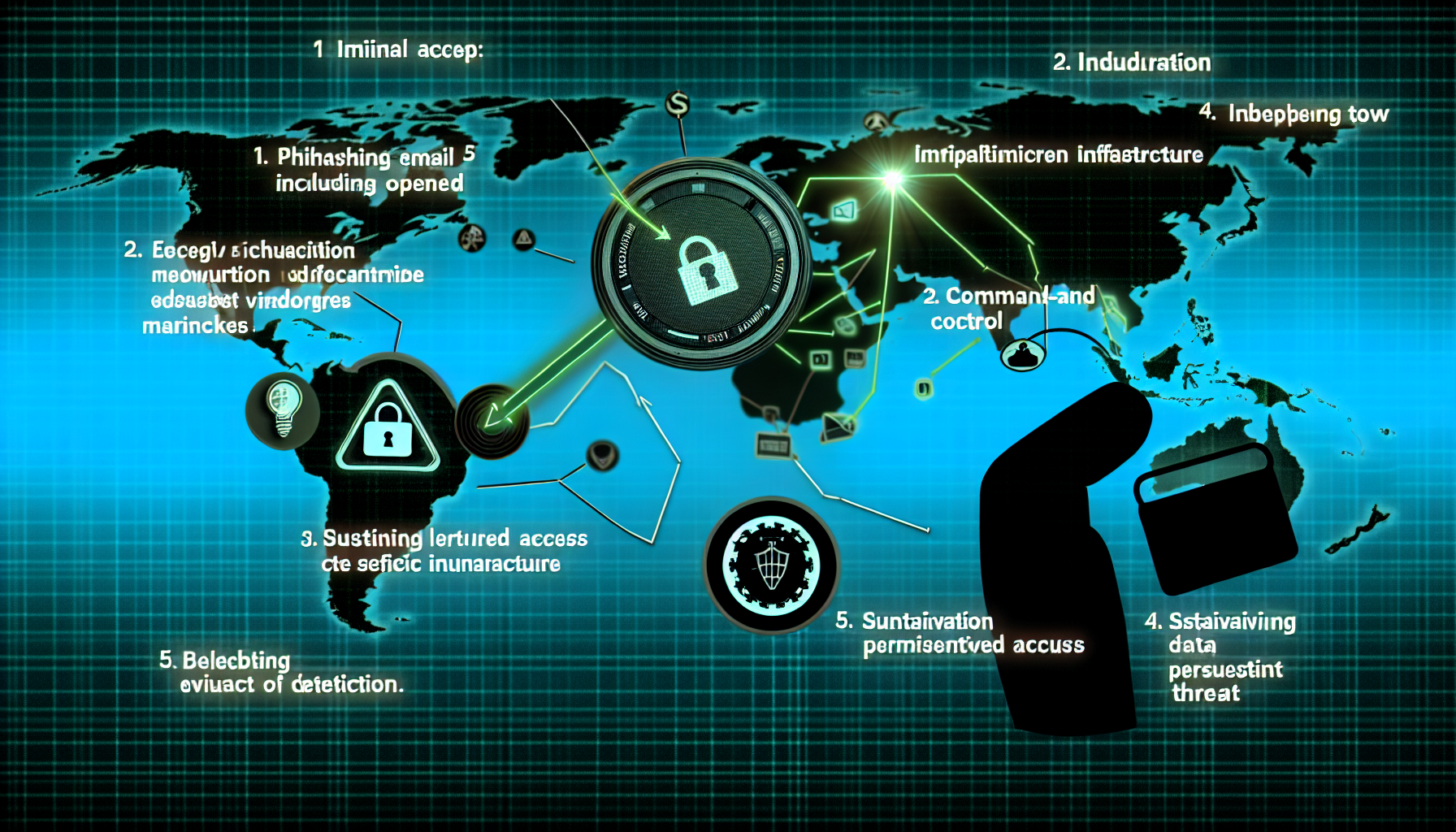Threat Overview
The Security Operations Center (SOC) has identified a significant threat report published by AlienVault on May 2, 2025. The report, titled ‘Nitrogen Dropping Cobalt Strike – A Combination of Chemical Elements,’ details the evolving tactics and techniques employed by the Nitrogen ransomware group. This report is crucial for understanding the current cyber threat landscape and implementing effective mitigation strategies.
Threat Description
The Nitrogen ransomware group has expanded its operations from North America to Africa and Europe since September 2024. They utilize malvertising tactics, disguising malicious payloads as legitimate software like WinSCP. The group employs DLL sideloading for initial access, followed by Cobalt Strike for lateral movement and post-exploitation activities.
The analysis reveals their use of a compromised host as a pivot system and attempts to cover tracks by clearing Windows logs. The investigation uncovered Cobalt Strike configurations through pattern analysis, byte-level XOR decryption, and custom YARA rules. Crash dump analysis using Windows Error Reporting artifacts and WinDBG proved crucial in identifying in-memory indicators of Cobalt Strike beacons and related structures.
Threat Actors
The Nitrogen ransomware group is known for its sophisticated and stealthy operations. They have demonstrated a high level of technical expertise, utilizing advanced techniques to evade detection and maintain persistence within compromised networks. Their expansion into new regions indicates a growing threat that requires immediate attention from cybersecurity professionals.
Technical Details
The Nitrogen ransomware group employs several key tactics, techniques, and procedures (TTPs) to achieve their objectives:
- Malvertising: The group uses malicious advertisements to distribute their payloads, often disguising them as legitimate software downloads.
- DLL Sideloading: This technique involves loading a malicious DLL into a legitimate process, allowing the attackers to execute arbitrary code with elevated privileges.
- Cobalt Strike: Once initial access is gained, the group deploys Cobalt Strike for lateral movement and post-exploitation activities. Cobalt Strike is a popular penetration testing tool that provides extensive capabilities for network reconnaissance, data exfiltration, and command execution.
- Log Clearing: To avoid detection, the attackers clear Windows logs, making it difficult for defenders to trace their activities.
Investigation Findings
The investigation uncovered several key findings:
- Pattern Analysis: By analyzing patterns in the malware’s behavior, researchers were able to identify Cobalt Strike configurations.
- Byte-level XOR Decryption: The use of byte-level XOR decryption helped in decrypting encrypted payloads and understanding their functionality.
- Custom YARA Rules: Researchers developed custom YARA rules to detect specific indicators of compromise (IOCs) associated with the Nitrogen ransomware group.
- Crash Dump Analysis: Using Windows Error Reporting artifacts and WinDBG, researchers performed crash dump analysis to identify in-memory indicators of Cobalt Strike beacons.
Recommendations
To mitigate the risks posed by the Nitrogen ransomware group, the following recommendations are provided:
- Enhance Monitoring: Implement advanced monitoring solutions to detect suspicious activities related to malvertising and DLL sideloading.
- Regular Updates: Ensure that all systems and software are regularly updated with the latest security patches to prevent exploitation of known vulnerabilities.
- Log Management: Maintain comprehensive logging practices and use log management tools to detect and respond to log clearing activities.
- Incident Response: Develop and test incident response plans to quickly identify, contain, and eradicate threats associated with Cobalt Strike and other advanced persistent threats (APTs).
- User Awareness: Conduct regular training sessions for employees to raise awareness about the risks of malvertising and phishing attacks.
Conclusion
The Nitrogen ransomware group’s expansion into new regions and their use of sophisticated techniques pose a significant threat to organizations worldwide. By understanding their TTPs and implementing effective mitigation strategies, cybersecurity professionals can better protect their networks and data from these advanced threats. The SOC will continue to monitor the activities of the Nitrogen ransomware group and provide updates as necessary.
For additional information, please refer to the following external references:
- Nextron Systems: https://www.nextron-systems.com/2025/04/29/nitrogen-dropping-cobalt-strike-a-combination-of-chemical-elements
- AlienVault OTX Pulse: https://otx.alienvault.com/pulse/68152a24acebea26273bad51
Discover more from ESSGroup
Subscribe to get the latest posts sent to your email.






